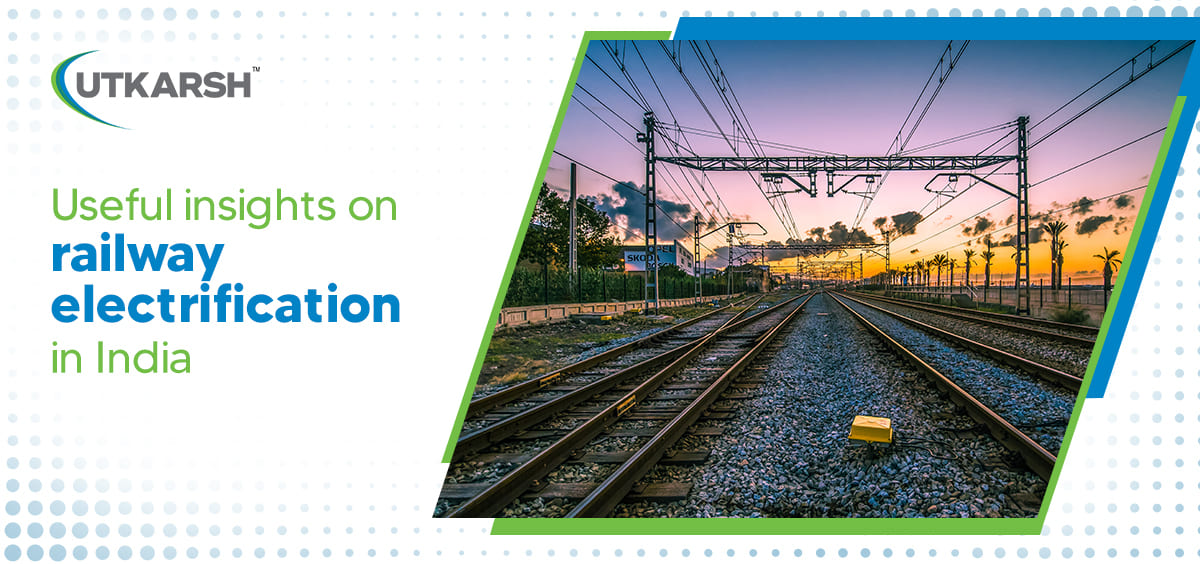Useful Insights on Railway Electrification in India

The first electric train in India was introduced on the suburban railway system of the city of Bombay (now Mumbai) in 1925. The train ran on the Great Indian Peninsula Railway (GIPR) between Bombay VT (now Chhatrapati Shivaji Maharaj Terminus) and Kurla. This marked the beginning of railway electrification in India. Railway electrification is the process of converting the railway system from a diesel-powered system to an electric-powered one. Since 1925, Indian Railways has come a long way. As a reputed railway electrification structures supplier, we share with you useful insights on railway electrification in India and the benefits it brings:
Why is railway electrification done in India? One of the main reasons behind railway electrification is to reduce the dependency on fossil fuels. Electric trains are an eco-friendly alternative to diesel-run trains. Also, they help to reduce the costs associated with running the railway system.
Benefits of railway electrification:Railway electrification in India offers many advantages. Some of them are:
Electric trains are faster: One of the main advantages is an increase in the speed of trains. Electric trains are faster than diesel trains, which can lead to shorter travel times.
Electric trains have a higher power-to-weight ratio than diesel trains: Electric trains have a higher power-to-weight ratio than diesel trains. THis means that they can take more weight for the same amount of power, increasing the capacity of the railway system. Electrification is making possible running of heavier freight trains.
Electric trains have a long life: Electric trains are less complex than diesel trains and are long-lasting.
Electric trains are cost-effective: Electric trains are cheaper to operate and maintain than diesel trains, which can lead to significant savings for the Indian railways. For every 100 km electrified section, Indian railways saves around Rs. 2500 crore worth foreign exchange annually over diesel-run trains.
Better communication: With Electrification, the Indian Railways has also introduced optical fiber technology. This will ensure smooth communication between guard and loco pilot.
Electric trains can also be integrated with renewable energy sources: Railway electrification has made it possible to support the integration of renewable energy sources into the power grid. In 2017, the first solar-powered diesel electrical multiple unit train was launched in Delhi. A total of 16 solar panels are fitted in six coaches. The train has a power back-up and can run on battery for at least 3 days.
In this journey of railway electrification India, we are a contributor too. As a CORE PART I approved vendor, we manufacture and supply all types of railway electrification structures such as portals, beams and OHE mast for railway electrification in India. We also offer customised structures. We are a trusted railway electrification structures supplier because:
We have two plants for hot dip galvanizing.
We also do tower-wise bundling.
Raw materials sourced from reputed brands like SAIL, Hindustan Zinc.
We have approved welders and required equipment.
We have a dedicated design department with the latest Hardware and ERP System.
To know more about our railway structures, contact us.